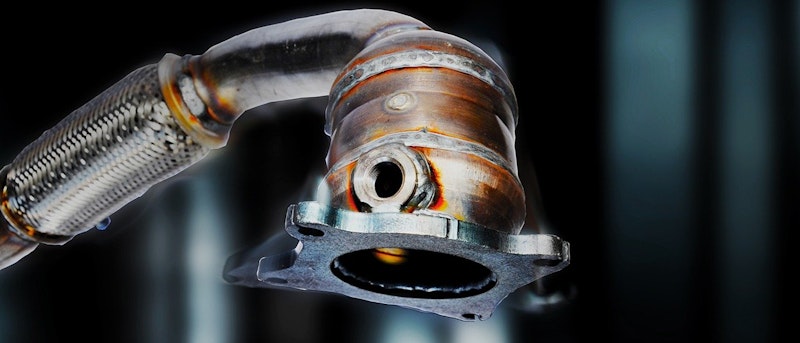When it comes to the design of a vehicle's exhaust system, a catalytic converter plays a key role. Many vehicle owners know that if this part fails, repairs will cost a significant amount. But few people have heard that this out-of-operation can be a source of good money. The world's largest dealer of exhaust gas scrap converters is Autocatalyst Market. Its representatives can be found throughout the country. As a result, any catalytic converter can be quickly sold at the best prices.
But what is a catalytic converter for? And why do they buy failed parts? The answers will be discussed in this article.
Catalytic converter functions
The catalytic converter is designed to purify exhaust gases. When the combustion engine burns fuel, there are toxic substances formed in the exhaust, such as:
-
nitrogen oxide;
-
carbon hydride;
-
carbon monoxide.
These elements are converted into nitrogen, carbon dioxide, and water vapor with the help of catalytic substances under the influence of high temperatures.
As a result, the exhaust gases become less harmful to the environment. But it must be borne in mind that the operating temperature of the converter is in the range of 300 to 850 degrees Celsius. When a cold engine is started, exhaust gases are not purified, and the reactions begin after the catalytic converter warms up to the required temperature.
Catalytic converter: how it works
A catalytic converter has three basic elements:
-
outer case;
-
thermal insulation layer;
-
inner block.
The latter is the most important and expensive part of the design of the catalytic converter. The inner block is mostly made of ceramic and consists of many lengthwise and very narrow channels. This structure is similar to a honeycomb in the section.
A thin layer of highly reactive substances is applied to the surface of these channels. The materials used depend on the manufacturer and brand of the vehicle. But, the manufacturers mostly use rare earth metals of the platinum group, such as:
-
platinum;
-
rhodium;
-
palladium.
Each manufacturer uses precious metals in different proportions. And these elements are several times more expensive than gold. That is why out-of-operation catalytic converters are in demand, and their price depends on the residual amount of valuable elements in the composition of the ceramic block.
Can I extract precious metals from the catalytic converter without professional help?
Since the catalytic converter contains valuable metals, it seems logical to extract them yourself. But this is far from the case. It is absolutely not recommended to disassemble the catalytic converter on your own, as this can cause serious harm to health.
Also, it is not as easy as it may seem to extract precious metals from a clogged converter. The modern chemical industry and factories with expensive and high-tech equipment are capable to do this.

